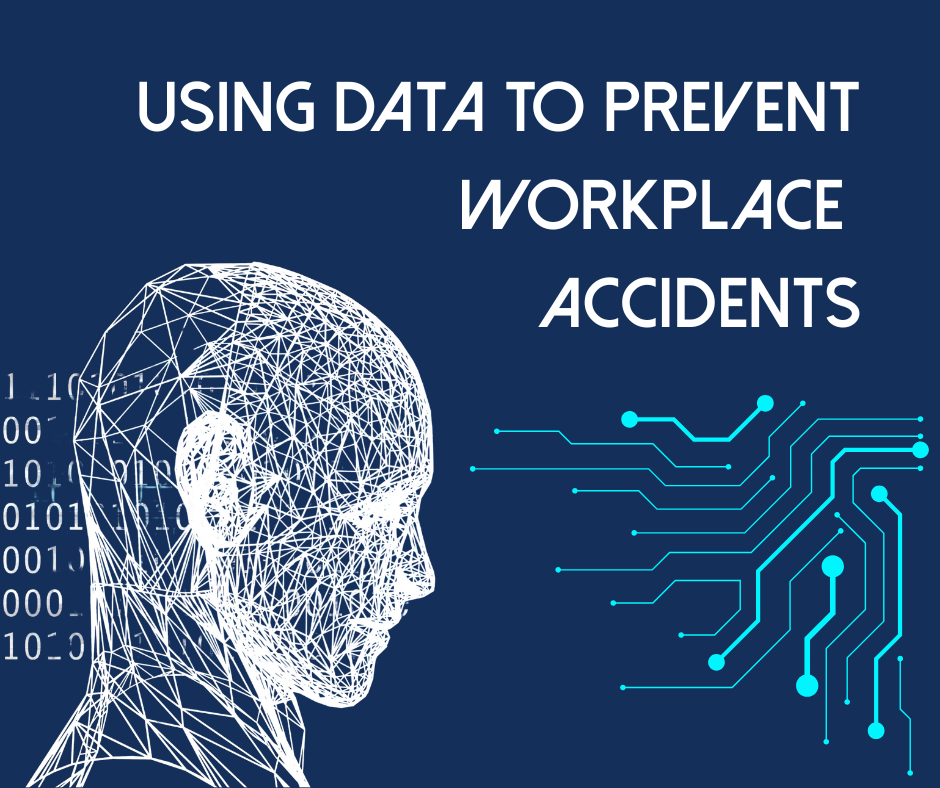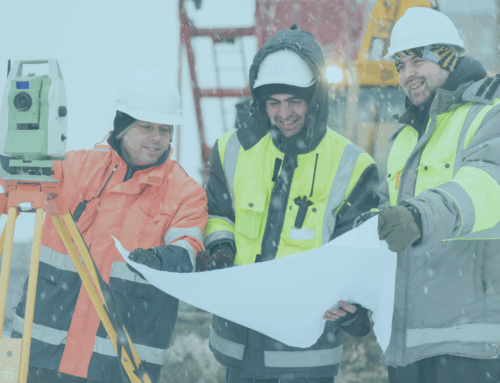What if we could anticipate accidents before they happen? With today’s technology and analytics, data is paving the way to do just that. Safety data is transforming the way companies prevent injuries and keep employees safe.
The Role of Data in Modern Safety Programs
Safety data comes from many sources such as incident reports, near-misses, equipment logs, wearable sensors, and IoT-enabled devices. Traditionally, companies reacted to accidents after they occurred. Now, with data-driven approaches, organizations can proactively identify risks and prevent incidents before they happen.
Identifying Patterns and Predicting Risks
Analyzing historical safety data can reveal patterns that might otherwise go unnoticed. For example, tracking near-miss reports might show that a particular task, location, or shift consistently has higher risk. Recognizing these patterns allows companies to target interventions where they’re needed most, making prevention smarter and more effective.
Real-Time Data and Predictive Technology
Wearable devices and smart sensors can monitor worker fatigue, heart rate, or environmental hazards in real time. Machinery equipped with IoT technology can alert workers to unsafe conditions immediately. Predictive analytics take this further, forecasting potential accidents based on trends in worker behavior, equipment use, and environmental factors.
Implementing Data-Driven Safety
Companies looking to leverage data can start with a few key steps:
- Centralize incident and near-miss reporting.
- Train staff to accurately log and interpret safety data.
- Use dashboards or software to monitor trends and highlight areas of concern.
Leadership buy-in and a strong safety culture are critical. When employees see that data is used to protect them—not punish them—they’re more likely to engage in reporting and safe practices.
The Benefits of Using Data for Accident Prevention
- Fewer workplace injuries and fatalities.
- Reduced downtime and higher operational efficiency.
- Improved employee morale and confidence.
- Long-term cost savings from fewer incidents and insurance claims.
Data is not a replacement for vigilance—it’s a tool to make workplaces safer. Even small steps, like tracking near-misses or monitoring key metrics, can make a measurable difference. By using data strategically, companies can anticipate hazards, prevent accidents, and create safer workplaces for everyone.






